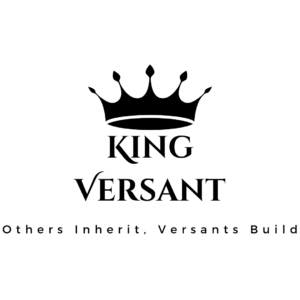Executive Order: Establishing the President’s "Make America Healthy Again" Commission
Key Points:
- Purpose: The order establishes the President’s Make America Healthy Again Commission to combat declining American health trends.
- Statistics Highlighting the Health Crisis:
- U.S. life expectancy lags behind other developed nations (78.8 years vs. 82.6 years).
- Six in ten Americans suffer from at least one chronic disease.
- The U.S. has the world’s highest cancer incidence rate.
- Rising childhood chronic diseases, obesity, and prediabetes.
- Over-reliance on medications such as ADHD treatments and SSRIs.
- Policy Objectives:
- Increase transparency and eliminate conflicts of interest in health research.
- Focus federal research on the root causes of chronic diseases.
- Improve nutrition, environmental safety, and healthcare policy.
- Strengthen efforts to end childhood chronic diseases.
- Composition of the Commission: Led by the Secretary of Health and Human Services, the commission includes officials from agriculture, education, veterans affairs, and economic and science-related departments.
- Initial Goals:
- Study the causes of childhood chronic diseases.
- Assess threats posed by medication overuse and environmental exposures.
- Develop a Make Our Children Healthy Again Strategy within 180 days.
- Increase transparency in scientific research and government health initiatives.
Pros & Cons: U.S. Perspective
Pros:
✅ Health Improvement Focus: Targets chronic diseases, mental health, and childhood health conditions.
✅ Scientific Integrity: Emphasizes transparency in health research and policy decisions.
✅ Economic Benefits: Potential reduction in long-term healthcare costs.
✅ Children’s Health Prioritization: Addresses increasing childhood obesity, diabetes, and chronic illnesses.
✅ Food & Drug Quality Enhancement: Aims to improve nutrition and minimize harmful environmental exposures.
✅ Military Readiness: Addresses declining health that disqualifies 77% of young adults from military service.
Cons:
❌ Implementation Challenges: Significant policy shifts and funding realignment required.
❌ Government Overreach Concerns: Potential resistance to federal involvement in food, health, and lifestyle decisions.
❌ Industry Pushback: Pharmaceutical and food industries may resist regulations impacting profits.
❌ Slow Results: Public health improvements take time, making short-term impacts difficult to measure.
❌ Potential Cost Increases: Initial expenses for research, new policies, and restructuring healthcare may be high.
Pros & Cons: Global Perspective
Pros:
✅ Model for Other Nations: A transparent and science-backed approach to public health could set a precedent.
✅ Global Research Collaboration: Open-source health data can benefit international medical communities.
✅ Reduced Disease Burden: Improved U.S. health policies could decrease global disease transmission and economic impacts.
✅ Food & Drug Quality Impact: U.S. policy changes could pressure multinational companies to adopt healthier practices.
Cons:
❌ Pharmaceutical & Food Industry Impacts: U.S. regulations may disrupt global markets reliant on American products.
❌ Possible Trade Tensions: New health-focused policies may affect international food, drug, and technology trade agreements.
❌ Implementation Variability: Not all nations can afford to adopt similar strategies, leading to health inequities.
Factual Narrative
The Make America Healthy Again Commission seeks to combat America’s worsening health crisis, particularly in childhood chronic disease, by prioritizing research transparency, nutritional improvements, and lifestyle changes. By aligning federal efforts to focus on prevention rather than treatment, the initiative aims to improve life expectancy and reduce chronic disease rates. The plan also seeks to reform scientific integrity, food safety, and healthcare funding to better serve public health interests. While promising, the initiative faces implementation challenges, potential industry opposition, and economic hurdles before achieving its goals.
